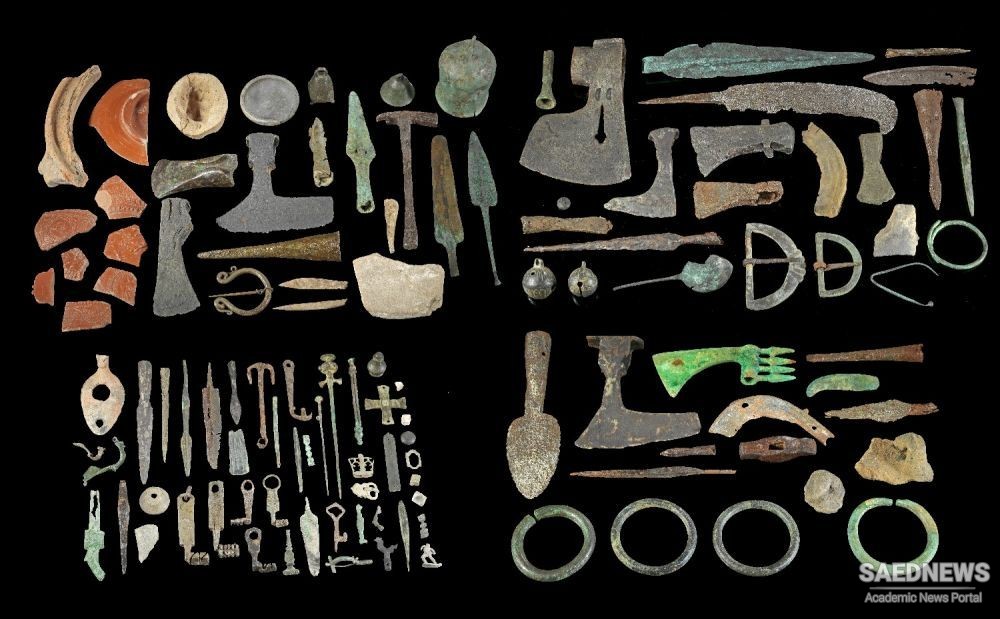The beginning of the Iron Age is marked by major dislocations of cultural and historical patterns in western Iran (almost nothing is known of the eastern half of the plateau in the Iron Age). The Iron Age itself is divided into three periods: Iron Age I (c. 1300–c. 1000 BC), Iron Age II (c. 1000–c. 800/750 BC), and Iron Age III (c. 750–c. 550 BC). The latter is the archaeological equivalent of what historically can be called the Median period.Though isolated groups of speakers of Indo-European languages had appeared and disappeared in western Iran in the 2nd millennium BC, it was during the Iron Age that the Indo-European Iranians rose to be the dominant force on the plateau. By the mid-9th century BC two major groups of Iranians appeared in cuneiform sources: the Medes and the Persians. Of the two the Medes were the more widespread and, from an Assyrian point of view, the more important group. When Assyrian armies raided as far east as modern Hamadān, they found only Medes. In the more western Zagros they encountered Medes mixed with non-Iranian indigenous peoples. Early in the 1st millennium Iranian Medes already controlled almost all of the eastern Zagros and were infiltrating, if not actually pushing steadily into, the western Zagros, in some areas right up to the edge of the plateau and to the borders of lowland Mesopotamia (Source: Britanica).


 Conjectures of Civilizational Developments of Ancient Persia
Conjectures of Civilizational Developments of Ancient Persia














































